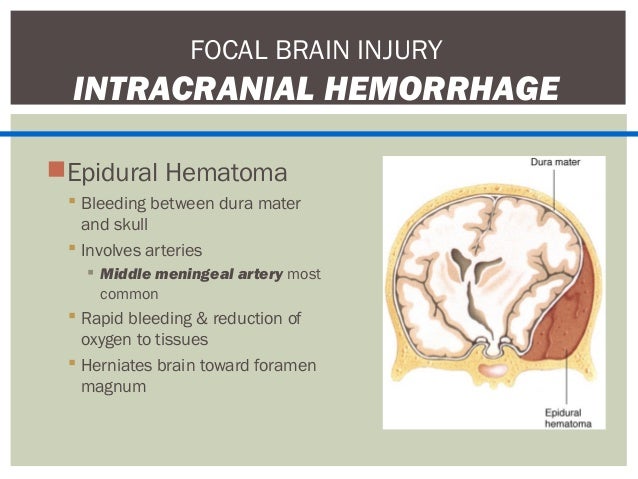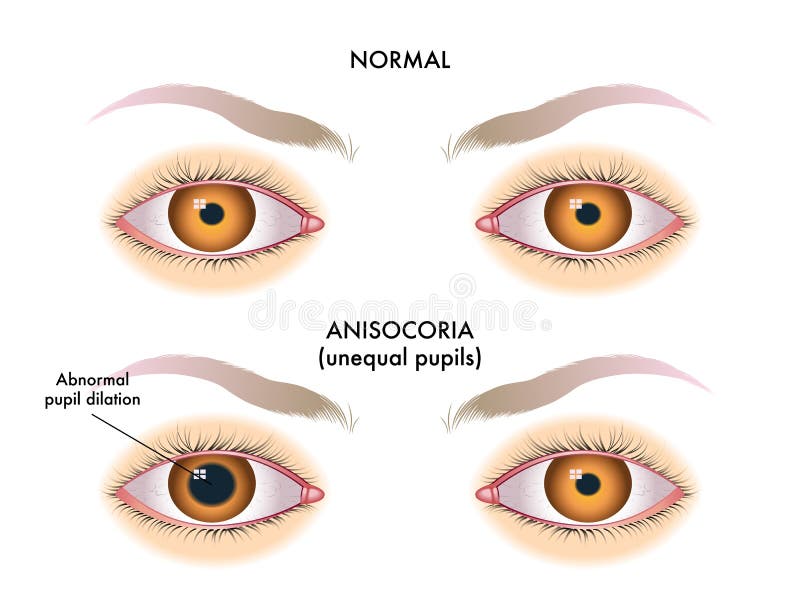


Grade 3: Brief Loss of Conciousness Grade 3: Prolonged Loss of Consciousness Multiple Grade 3 1 week 2 weeks 1 month or longer, physician decision Return to Play Grade 1 Multiple Grade 1 Grade 2 Multiple Grade 2 15 min or less 1 week 1 week 2 weeks Return to Play Time Asymptomatic Grade of Concussion Sideline Evaluation Exertional Provacative Tests

Sideline Evaluation Mental Status Testing
CONCUSSION UNEQUAL PUPIL SIZE PLUS
Coma (paralytic) Level III: Normal consciousness with posttraumatic amnesia plus retrograde amnesia V. Confusion Normal consciousness with posttraumatic amnesia plus retrograde amnesia IV. Confusion Normal consciousness with posttraumatic amnesia III. Confusion Normal consciousness without amnesia II. It is composed of three parameters : Best Eye Response, Best Verbal Response, Best Motor ResponseĬlassification with Negative LOC Start Progression To I.

Grade 1: Transient confusion, no loss of consciousness, concussion symptoms less than 15 minutes.Grade 2: Confusion with amnesia, no loss of consciousness Īmerican Academy of Neurology Guidelines.Grade 1: Confusion without amnesia, no loss of consciousness.Grade 3 (severe): Loss of consciousness greater than 5 min or posttraumatic amnesia greater than 24 hr.Grade 2 (moderate): Loss of consciousness less than 5 min or posttraumatic amnesia greater than 30 min.Grade 1 (mild): No loss of consciousness posttraumatic amnesia less than 30 min.American Academy of Neurology Guidelines.Reduced attention and speed of information processing, including test strategies such as the digit symbol subtest of the Wechsler Abbreviated Scale of Intelligence.Disturbances of new learning and memory,planning, and the ability to switch mental “set”.Other S/S: Headache, dizziness, blurred vision, and nausea.Initial C-spine precautions due to possible neck injury from MOI.Level of Consciousness (Alert, Verbal Stimuli, Pain Stimuli, Unresponsive).skating or running the wrong direction) Significantly decreased playing ability from earlier in the game/competition Displaying unusual or inappropriate emotions (e.g.Slow to answer questions or follow directions.Unaware of period, opposition, score of game.Typically caused by mild-to-moderate impact to the skull and/or movement of the brain within the cranial vault (Sanders 433).Traditionally characterized by immediate and transient posttraumatic impairment of neural functions.Concussion: An injury in which the brain becomes impaired or loses its ability to perform its duties properly.sports and recreation make up 10% of cases.25% spinal injuries have a mild head injury.10% of head injury patients die before reaching the hospital.Concussion By Brian Gober & Anedra Smith Evaluation of Athletic Injuries I AH 322 09/03/03


 0 kommentar(er)
0 kommentar(er)
